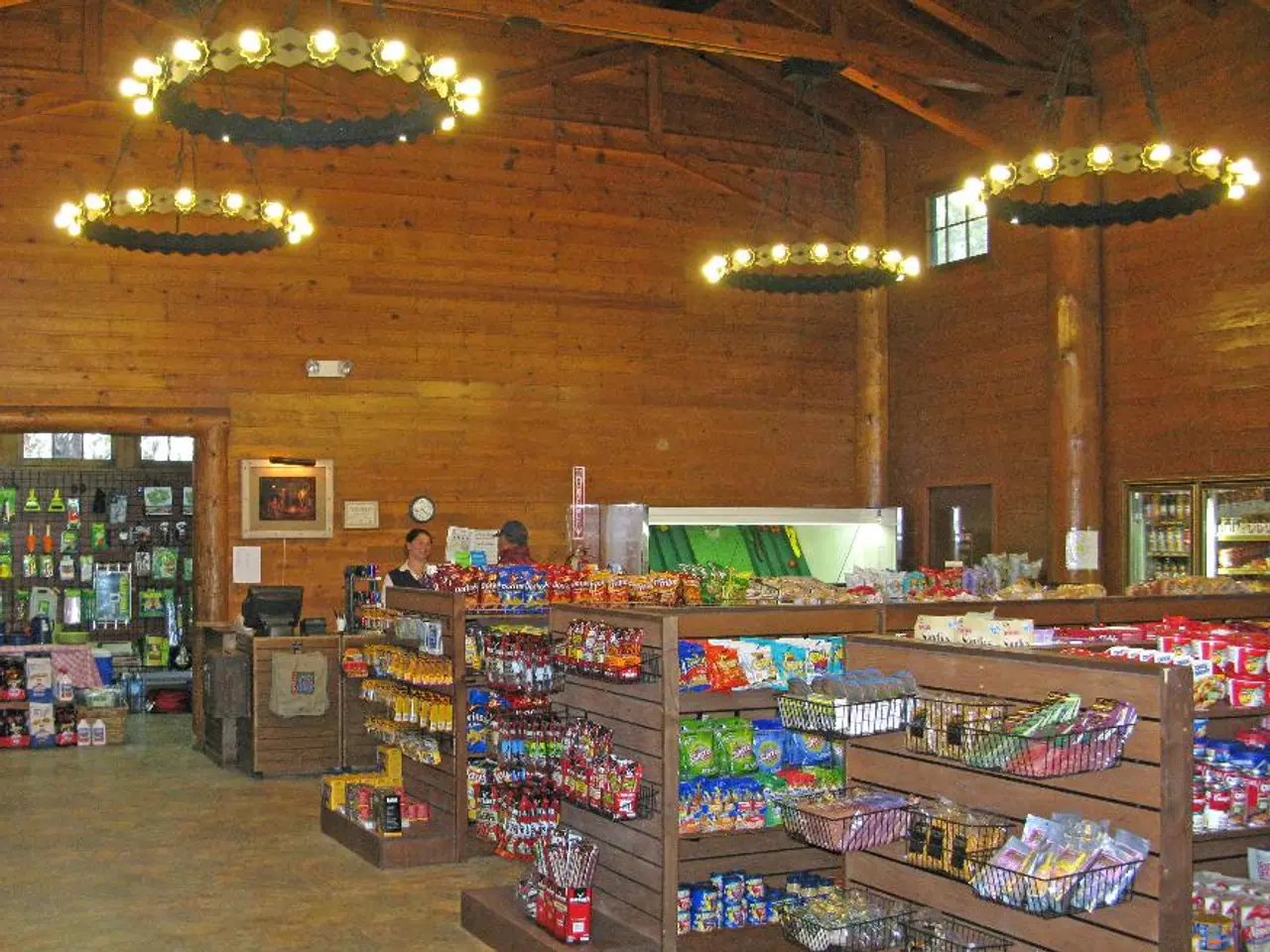Strategies for Efficiently Managing Restaurant Stock for Business Prosperity
In the bustling world of the hospitality industry, effective inventory management is a cornerstone for success. Here are ten best practices that can help restaurants optimise their stock levels, reduce waste, and boost profitability.
1. **Schedule Regular Counts** - Conducting daily or weekly counts for high-volume items and monthly counts for smaller operations ensures accuracy and prevents discrepancies.
2. **Implement First-In, First-Out (FIFO)** - Adopting the FIFO system ensures that older products are used before newer ones, preventing expiration and waste.
3. **Use Digital Inventory Tracking** - Leveraging technology like inventory management software automates tracking, flags anomalies, and provides real-time data, aiding in making timely decisions and reducing manual errors.
4. **Set Par Levels and Reorder Points** - Establishing ideal stock levels (par levels) and trigger points (min levels) for reordering prevents overstocking and ensures that stock is always available.
5. **Organize Storage and Label Inventory** - A clean, organized storage area with labeled shelves and expiration dates aids in accurate counting and prevents items from expiring unnoticed.
6. **Train and Assign Roles** - Training staff on inventory procedures and assigning specific roles ensures accountability and accuracy in inventory management.
7. **Monitor Vendor Prices and Quality** - Tracking vendor price changes and quality helps in negotiating better deals or switching suppliers if necessary.
8. **Forecast Demand** - Using past sales data and menu cycles to forecast demand and adjust inventory accordingly ensures that the right items are always in stock.
9. **Portion Control** - Implementing precise portioning in the kitchen prevents over-portioning, which can lead to unnecessary waste and increased costs.
10. **Digitalize Invoices and Payments** - Using digital invoices for easier tracking and integration with accounting software reduces errors and improves financial oversight.
By integrating these practices, restaurants can maintain efficient inventory management, reduce waste, improve customer satisfaction, and enhance profitability. Investing time and resources in understanding and implementing effective inventory management can have a significant positive impact on a restaurant's business.
Making a shift towards a more sustainable lifestyle, consider adapting these practices in your food-and-drink segments. For instance, incorporating home-and-garden concepts by initiating composting for organic waste could further reduce waste. Additionally, incorporating technology like energy-efficient appliances can not only help in reducing waste but also minimizing utility costs.





